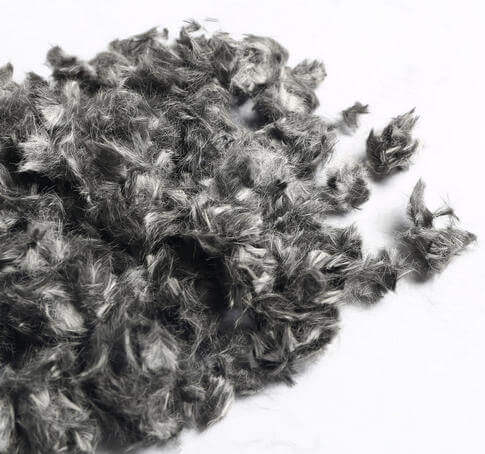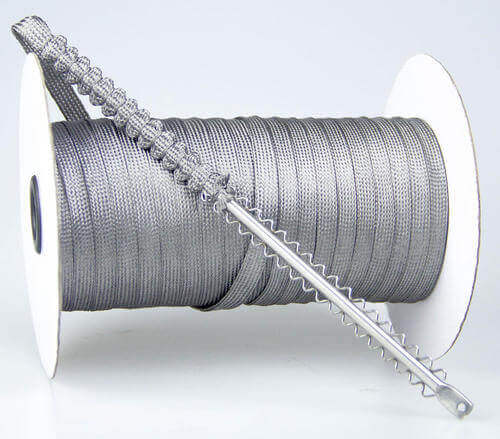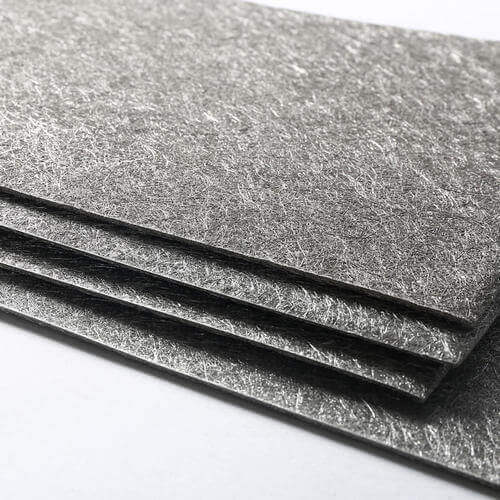Many people know nothing about the function, use and specification of stainless steel sintered fiber felt, so they have been looking for the secret behind it. In this article, we have compiled a list of common questions to help you understand all about stainless steel sintered fiber felt. Therefore, if you want to become an expert in stainless steel fiber felt, please read on.

What is Stainless Steel Sintered Fiber Felt?
Sintered metal fiber felt is a non-woven medium, which is formed by randomly arranging short metal fibers through sintering and bonding. It is composed of very fine metal fibers and has a high porosity, making it ideal for high temperature and high viscosity fluid filtration.
It is highly porous and it's diameters are distributed evenly. This prevents shortcomings such as getting blocked and damaged easily. It also solves the problem of not resisting temperature and pressure.
How do you Choose 316L Stainless Steel Sintered Metal Fiber Felt Media?
Generally, the substrate of this metal fiber felts is randomly laid from 316 stainless steel wire with a diameter of 3 to 20 microns. The finer the micron, the more open areas are provided. When sintered and bonded, the randomly laid fiber mat has a high porosity.
Where can i use Stainless Steel Sintered Fiber Felt?
Due to its filtering effect, you will see this fiber in liquid and air filtration.
Stainless Steel felt can be used in carrying out the following:
- Polymer filtration and polyester melt purification.
- Filtration of the refining process, pre-filtration of an ultrafilter.
- Electronic high temperature gas dust removal.
- Liquid purification in pharmaceutical, petroleum, biology and beverage industries.
- Vacuum pump protection filter, filter membrane support, catalyst carrier.
- Airbags of cars and fuel filtration of aircraft and ships.
What are The Advantages of Stainless Steel Sintered Fiber Felt?
Filter elements and systems made with this medium provide you with the following advantages:
• Ease of cleaning
You can easily free porous metal filters of particulate by using backwash cleaning methods − without scraping, scrubbing, or rotating filter elements. You can also remove contaminants with water, steam, air, solvents, caustic or acid washing, or with ultrasonic cleaning.
• Minimal maintenance
Porous metal filters have no moving parts, so your maintenance procedures are simpler and less frequent.
• Reduced spare parts expense
You seldom need to replace porous metal filter elements.
• Waste minimization
Cleanable filter elements eliminate the incineration or landfill costs that you have with disposable filters.

What are the Characteristics of Stainless Steel Sintered Fiber Felt?
Here are some key features of sintered fiber felt:
- High dirt holding capacity and filtering accuracy.
- High porosity and excellent permeability.
- High temperature and corrosion resistance.
- Little pressure loss and large flow.
- It can be welded and machined because of its large filter area.
- Easy to clean and can be used for a longer time.

What Is the Role of Stainless Steel Sintered Fiber Felt?
This is mainly used for industrial and heavy-duty filtration processes such as polymer filtration and polyester melt purification.
- Vacuum pump protection filter, filter membrane support, catalyst carrier.
- Hydraulic system filtration.
- Filtration of the refining process, pre-filtration of an ultrafilter.
How do you Choose Stainless Steel Sintered Fiber Felt?
I will pick this fiber felt because if it’s a high strength, temperature and porosity, as I know that it with come in handy for higher duty services.
What is the Temperature Range of Stainless Steel Sintered Fiber Felt?
It has a high temperature ranging from 300°C to 1200°C.
Can i Clean Stainless Steel Sintered Fiber Felt?
Yes, it can, in the features of sintered fiber felt we mentioned that it is easy to clean and can last for long periods of time.
Amazingly, the stainless steel sintered fiber felt is easy to clean. This will come as a relief, as there might be a headache after the job this item undergoes. Do not also forget that this felt can be welded and machined because of its large filter area.
You can easily free porous metal filters of particulate by using backwash cleaning methods − without scraping, scrubbing, or rotating filter elements. You can also remove contaminants with water, steam, air, solvents, caustic or acid washing, or with ultrasonic cleaning.
What is the Size Range of Stainless Steel Sintered Fiber Felt?
It ranges from 1100mm x 500mm to 1250mm x 1000mm.
Due to the different types of work to be performed, its specific size is selected according to your field application.
In Which Liquids can you use Stainless Steel Sintered Fiber Felt?
Different sectors make use of fiber felt, and each sector uses it differently. Here are some examples of liquids that are filtered in different sectors using sintered fiber felt.
Chemical and Petrochemical Sector - catalyst recovery, polishing of corrosive liquids, pre-coat filtration
Refinery - the high rate of liquid flows in the refinery is filtered by fiber felt Food and Beverages - polishing of syrups, liquors and other liquids
If you work in any chemical industry or own one, you should suggest that your industry gets this filter as it will be helpful.
Can Stainless Steel Fiber Felt Media Provide Surface Filtration and Depth Filtration?
Sintered fiber felt provides both surface and depth filtration.
Our filter media enables you to achieve high efficiency through filter cake accumulation (surface filtration), and also provides high dust collection capacity for deep particle capture (depth filtration).
Conclusion
At this point, no one will hold you in a negative light for thinking if there is anything in the world that does not require the stainless steel felt. After all, filtration is an essential aspect of life that we cannot underplay. The role of the metal fiber felt in burners is to ensure that there is proper combustion and gives you the perfect output which you desire.
Also, with the knowledge gotten about stainless steel fiber felt, we hope you can differentiate it from others as this article has highlighted its uses, and the size it comes in.
Always keep in mind that you should choose a felt based on the purpose of the job you are doing. If you are going for anything that needs an industrial process, the stainless steel felt should be your first and only choice.
With all the knowledge of this article, it is hopeful that you do not seem lost the next time people are talking about the metal fibre felt or its components.